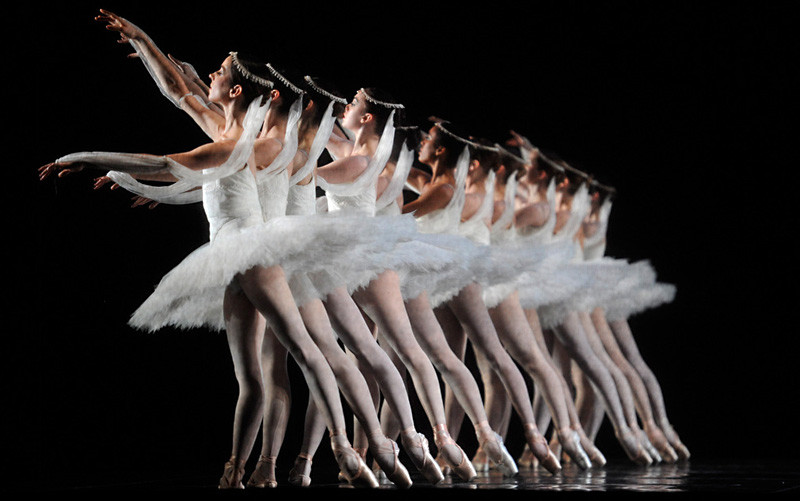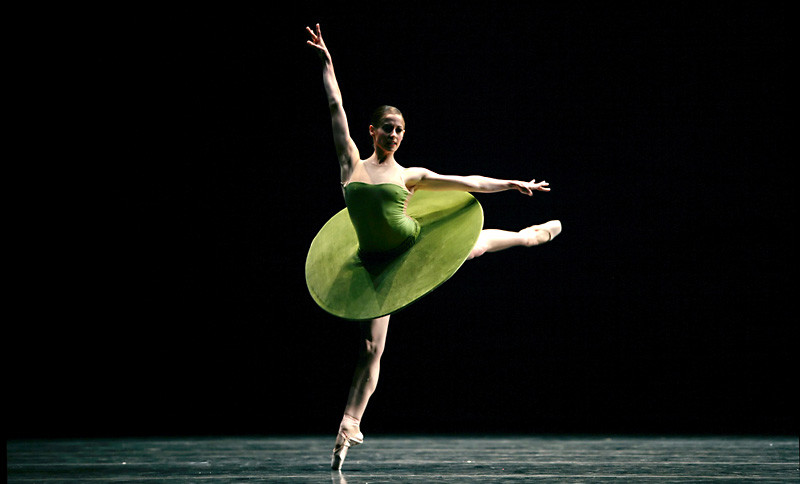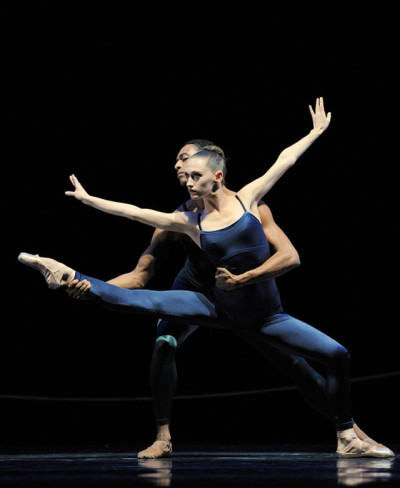If you can only make it to one of San Francisco Ballet’s eight programs this year (and that would be a shame), I implore you to make it Program Three, opening this Tuesday. Not because this is necessarily the “best” bill of the season. And not because this is the most urgent bill, when there’s also the contemporary genius of Alexei Ratmansky’s politically timely, full-evening Shostakovich Trilogy offered in April as Program Six.
But Program Three is the bill that will ground you in the most sublime of ballet’s past while carrying you through its 20th century evolution and into its possible future. It will astonish you, move you and make you a sharper-eyed viewer of any ballet you see afterward.
The evening’s foundation is the “Kingdom of the Shades” act from La Bayadere, the 1877 ballet by the man who essentially created 19th century Russian ballet: Marius Petipa. La Bayadere was virtually unknown in the U.S. until the star ballerina Natalia Makarova first staged the final “Shades” act for American Ballet Theatre in 1974, and it is Makarova’s staging that San Francisco Ballet has danced since their first performance in 2000.

It helps, when watching this ballet, to get the backstory out of the way. In the first two acts of La Bayadere – not presented in this program — the Indian prince Solor has, through a complicated series of events, unwittingly caused the death of Nikiya, the temple dancer he loves. In the third act, to blunt his grief, he smokes opium—and enters a dream in which he sees dozens of identical women in white descending like an ecstasy vapor trail, followed by Nikiya herself. The women in this case are the San Francisco Ballet female corps dancers—Nikiya multiplied to infinity—and the act is the ultimate test of their control and purity of line as they enter on a downward ramp, repeating a phrase in which they must lift the same leg to a perfect upward-diagonal arabesque 38 times.
As the grand dame of American dance criticism, Arlene Croce, wrote upon the “Kingdom of the Shades” premiere at ABT: “La Bayadere looks like the first ballet ever made: like man’s—or, rather, woman’s—first imprint in space and time.”



